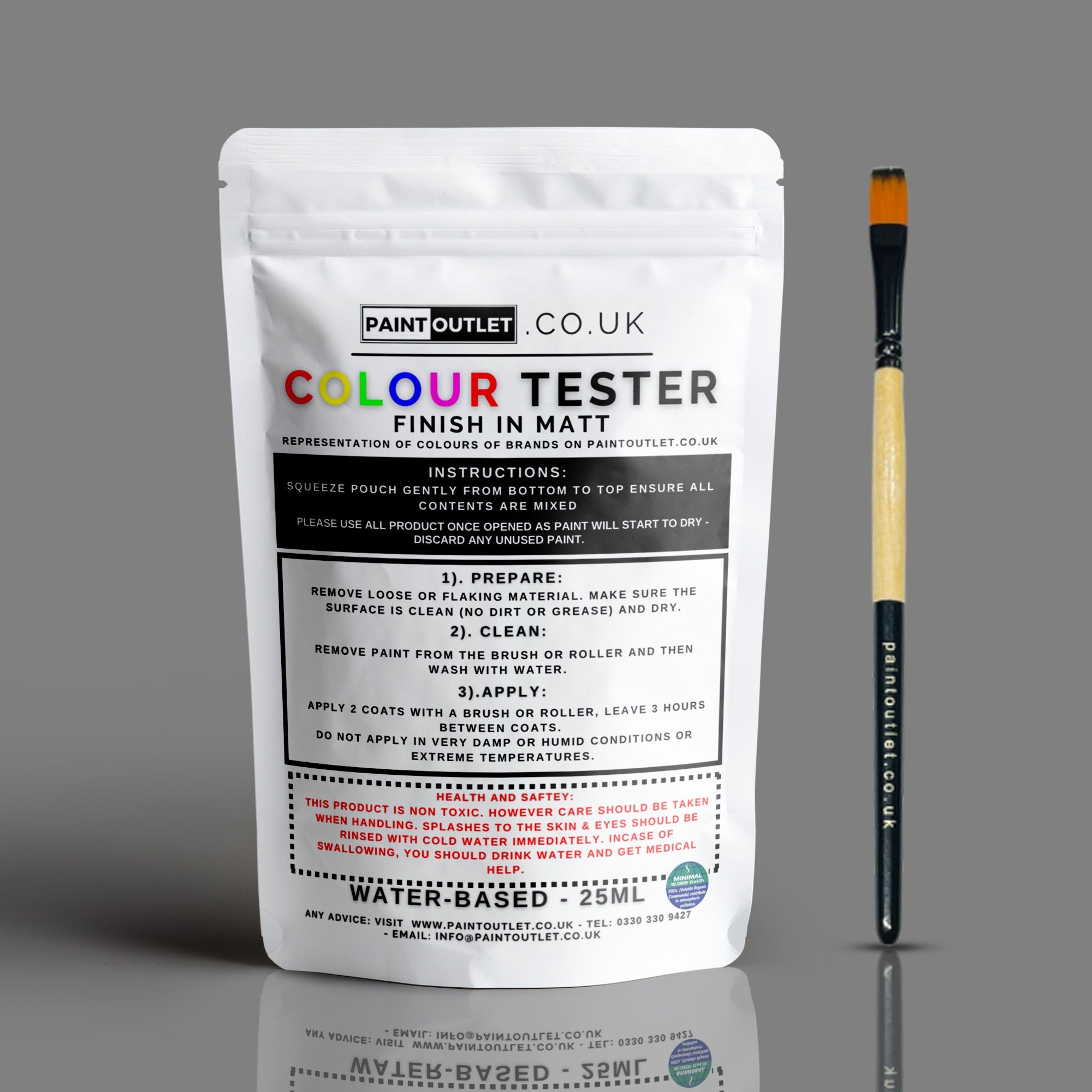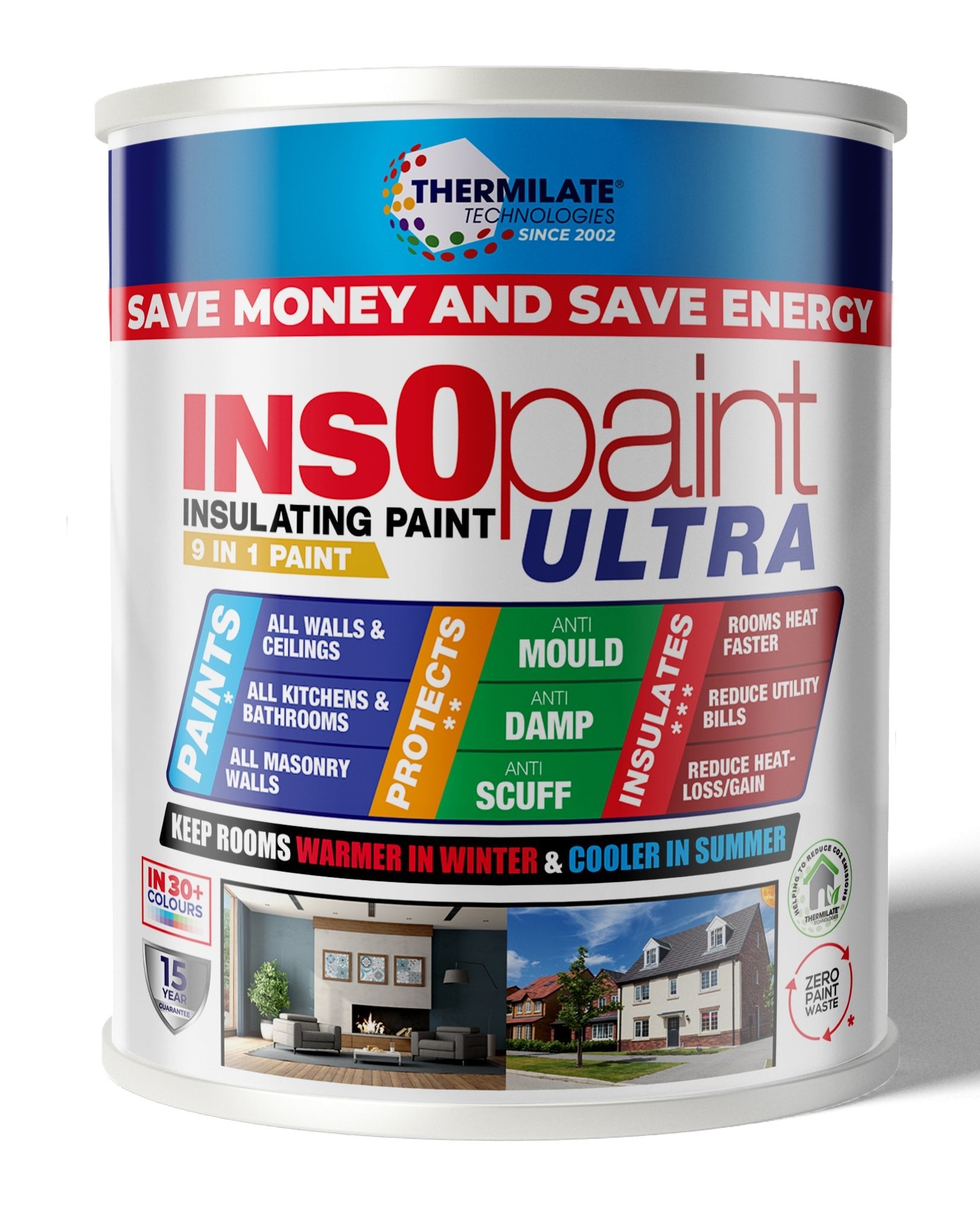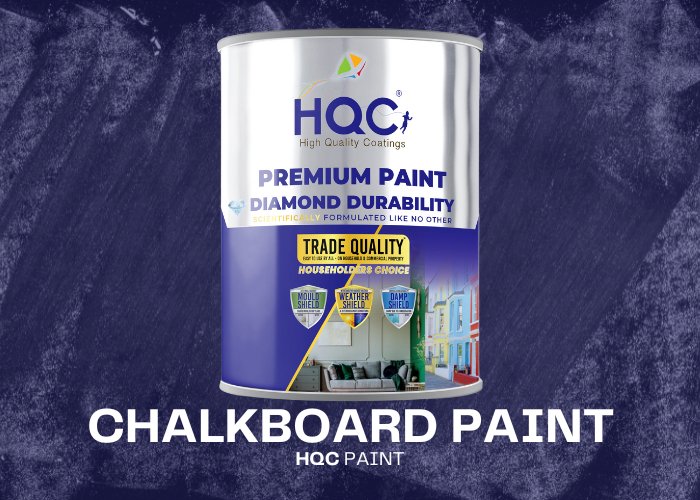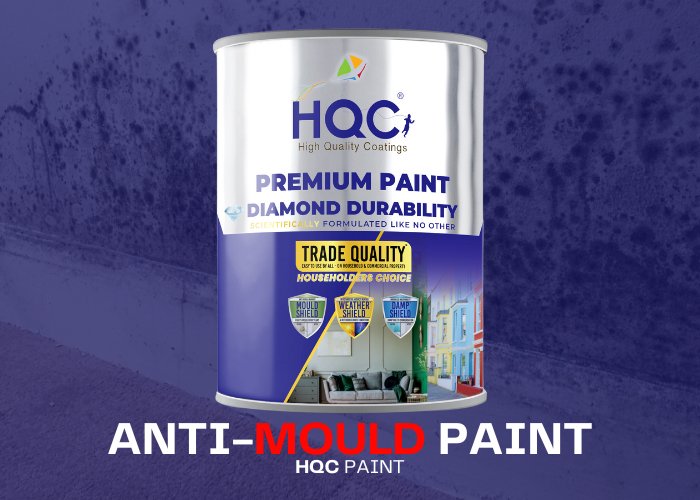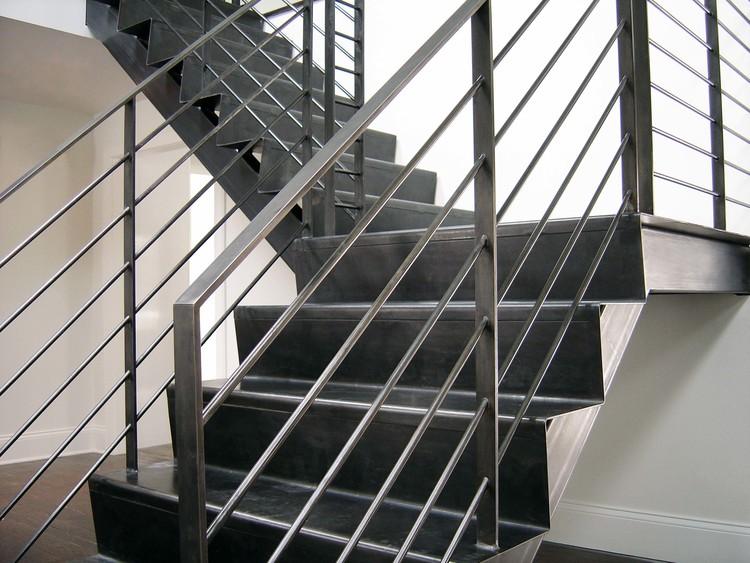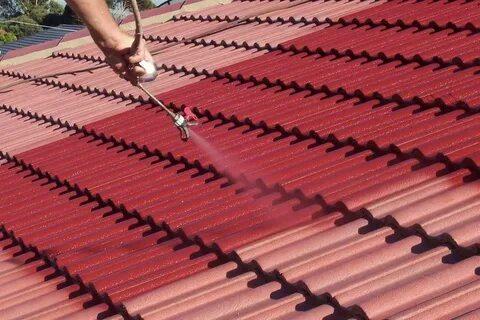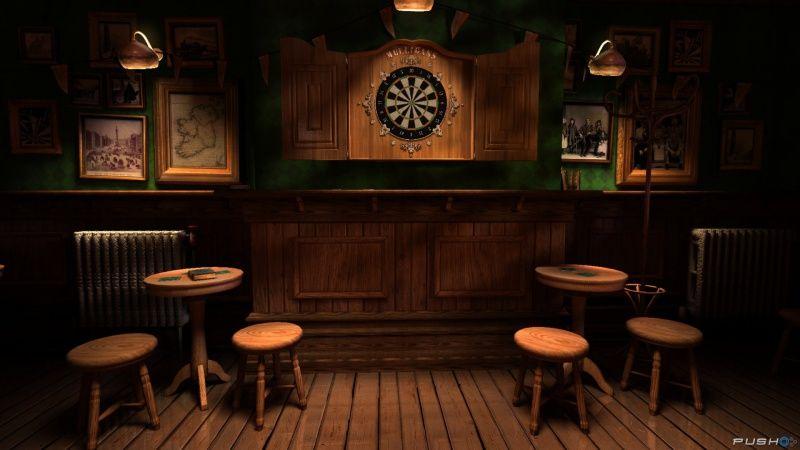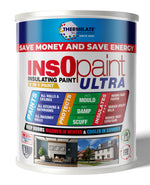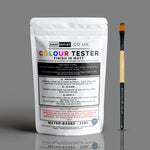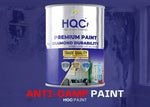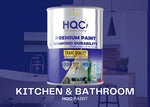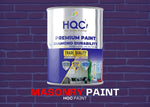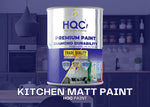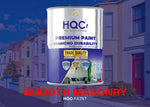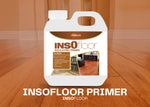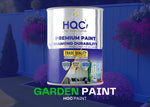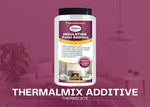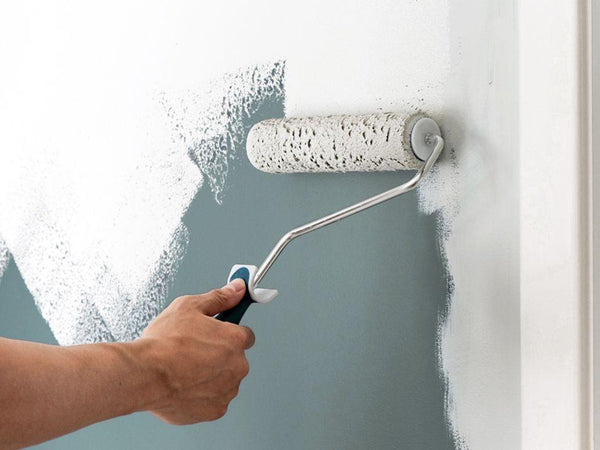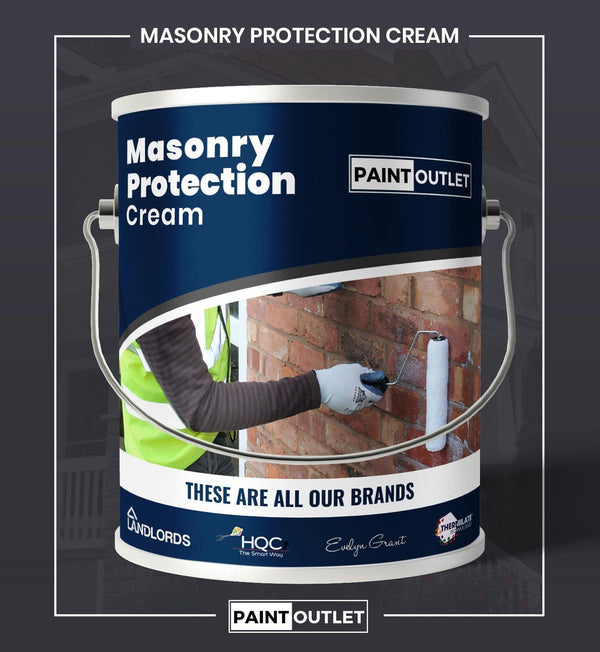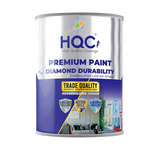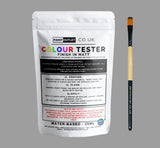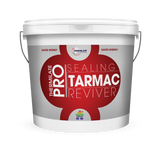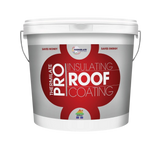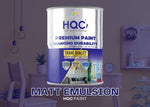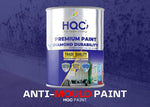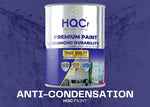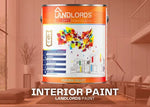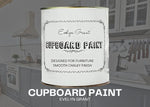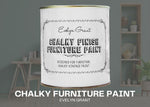Introduction
Painting wood and furniture can transform your living space, adding a fresh, stylish look to old or plain surfaces. However, the most important step in any painting project is surface preparation. Skipping this step can lead to peeling and flaking, which will drastically affect the durability and appearance of your paint. Good preparation will result in a long-lasting and beautiful finish.
In this guide, we’ll show you how to paint wood and furniture like a professional, ensuring a durable and flawless finish.
Step 1: Gather Your Materials
Before you start painting, make sure you have the right materials:
- HQC Furniture Paint, HQC Garden Paint, or InsOpaint Ultra for superior durability on wood surfaces.
- HQC Stabilizing Universal Primer for unpainted wood or porous surfaces.
- Paintbrushes: Ideal for detail work on furniture edges and corners.
- Rollers: For covering larger, flat wood surfaces.
- Painter’s tape: To protect areas you don’t want to be painted.
- Drop cloths: To protect the surrounding areas from paint drips.
- Sandpaper: For smoothing rough wood and removing old paint.
- Sugar soap: For cleaning dirt, dust, and grease off the surfaces.
Step 2: Prepare the Wood or Furniture
Proper preparation is crucial to achieving a smooth and durable finish. Follow these steps to prepare your wood or furniture:
- Clean the Surface: Start by cleaning the wood with sugar soap to remove any dirt, dust, or grease. Ensure the surface is completely dry before moving on.
- Remove Loose Paint and Sand: Remove all loose and defective paint, and repair any loose plaster/render on the surface. Sand down any wood surfaces. Use primer if required, and this should be applied to most unpainted surfaces, including metal areas.
- Repair and Sand the Surface: Fill in any cracks or holes with wood filler, then sand the surface smooth.
- Tape Off Areas: Use painter’s tape to protect areas such as hinges, handles, or parts of the furniture that you don’t want painted.
Step 3: Apply Primer
If you’re painting bare wood, or if the surface is porous, applying a primer will help the paint bond and create an even finish.
- Pro Tip: For very absorbent wood, apply a thin mist coat by mixing your first coat with 50% water. This will allow the primer to soak into the wood and create a solid base for your paint. We recommend using HQC Stabilizing Universal Primer for the best results.
Step 4: Start Painting the Wood or Furniture
Now that your surface is prepped and primed, it’s time to start painting. You can use a brush, roller, or spray depending on the surface area and type of wood.
- Cut In First: Start by painting the edges and corners of the wood or furniture using a small brush.
- Roll for Large Surfaces: For larger flat areas, such as tables or doors, use a roller to apply the paint evenly.
- Apply the First Coat: Apply 1 coat first and assess whether the colour and finish meet your personal preference. If needed, apply a second coat for a thicker, bolder finish.
- Let the Paint Dry: Allow the first coat to dry for 4-6 hours before applying the second coat, if necessary.
Step 5: Inspect and Touch Up
After the second coat has dried, check for any areas that need touching up. Use a small brush to fix any thin or uneven spots.
Step 6: Clean Up
Once the project is complete, take the time to clean up:
- Remove Tape: Remove the painter’s tape while the paint is still slightly wet to avoid peeling off dried paint.
- Clean Your Tools: Clean your brushes and rollers with warm water for future use.
- Clear the Area: Remove drop cloths and move any furniture back into place once the paint is fully dry.
Recommended Products
For the best results when painting wood and furniture, we recommend using the following products from PaintOutlet.co.uk:
- HQC Furniture Paint: Ideal for achieving a durable and smooth finish on wooden furniture.
- HQC Garden Paint: Excellent for outdoor wooden furniture and garden decor.
- InsOpaint Ultra: Perfect for added insulation and durability on wooden surfaces.
- HQC Stabilizing Universal Primer: Use this primer on bare or porous wood to ensure your paint adheres properly.
FAQ Section
Q: What is the best paint to use for furniture?
A: HQC Furniture Paint, HQC Garden Paint, and InsOpaint Ultra are all excellent choices for durability and finish on wooden furniture.
Q: How many coats of paint should I apply to wood?
A: We recommend applying at least two coats for even coverage and a long-lasting finish.
Q: Should I always prime wood before painting?
A: Yes, priming is essential for bare or porous wood to ensure the paint adheres properly and results in a smooth finish.
Conclusion
Painting wood and furniture can bring a fresh, new look to your home, but proper preparation and the right products are essential for success. By following this step-by-step guide and using high-quality products from PaintOutlet.co.uk, you can achieve a professional, long-lasting finish.
Why shop at PaintOutlet? When you shop with PaintOutlet, you’re saving paint waste, saving money, and saving time. Plus, all of our high-quality paints and primers are made in-house with sustainability in mind, helping to reduce carbon emissions while delivering premium results.


















